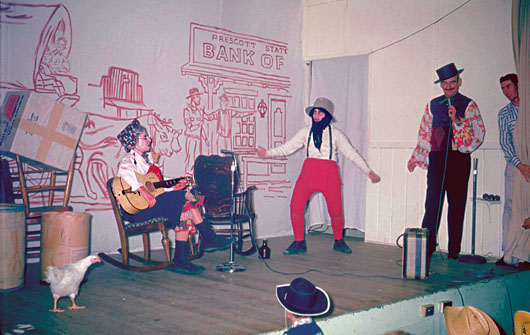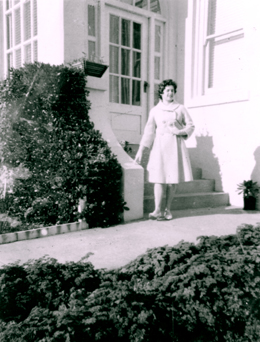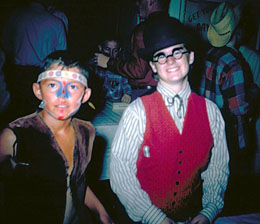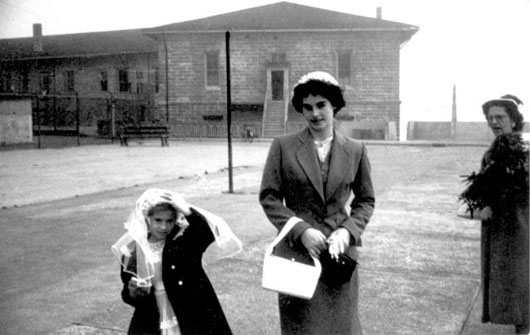

Jolene Babyak lived on Alcatraz with about sixty other staff families in 1954-55 when she was seven to nine years old and another year when she was 15. Happily, she had several important milestones there as a child—she made her First Communion on the island, she “met” her first prisoner when he handed her a ball through the fence and she had her first kiss on Alcatraz. (No, it was not Al Capone.)
Many residents lived there far longer but she became curious about the island as an adult and began interviewing officers and prisoners in the late 1970s. Among her first interviews was with Clarence Carnes, AZ #714, who resided on Alcatraz for 17 years. Carnes had been involved in the 1946 battle of Alcatraz in which three prisoners and two guards were killed. Two other escapees were later executed. Carnes was the only prisoner of the six whose life was spared largely because of his youth; he was only 19 when other cons flattered him into joining their disastrous escape attempt. Another provocative interview was with Dale Stamphill, AZ #435, who joined “Dock” Barker in the 1939 escape attempt. Other important interviews were with Captain Phil Bergen, who worked on Alcatraz from 1939 until 1955; Olin G. Blackwell, who was the last Alcatraz warden, and Jim Quillen, AZ #586, who resided on the island for ten years and turned his life around there.
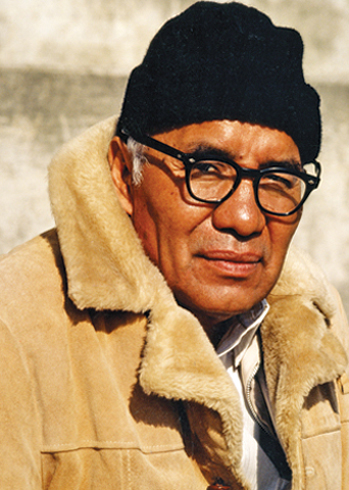
Since almost all Alcatraz personnel are no longer alive, today she relies on prison documents to research the islands’ history.
A consummate reader and researcher, she strives to find the exquisite detail—the telling anecdote which illuminates a prisoner’s life, for example, or illustrates an historical perspective. And after years of interviews and perusing documents, she has come to believe that that tiny, 22-acre prison island was a microcosm of family life—both good and bad.
On one side of the island were sixty families who, because of the security needs, were child-centered and community oriented. On the other side were prisoners who were there because their families were not child-centered and whose communities did not care about their well-being. Island families made sure the kids were active, with Halloween parties, Christmas events, teen dances, bowling leagues, watermelons feeds, weenie roasts and the annual, much-anticipated Western Party, with skits, contests and karaoke acts. It wasn’t Hollywood, but it was fun and it kept the kept the children occupied. On the other side were men who had come of age or were born during the Great Depression with family discord, death, poverty and neglect as their experiences.
It wasn’t that the families were better than the prisoners. It was that their childhoods were more fortunate.
